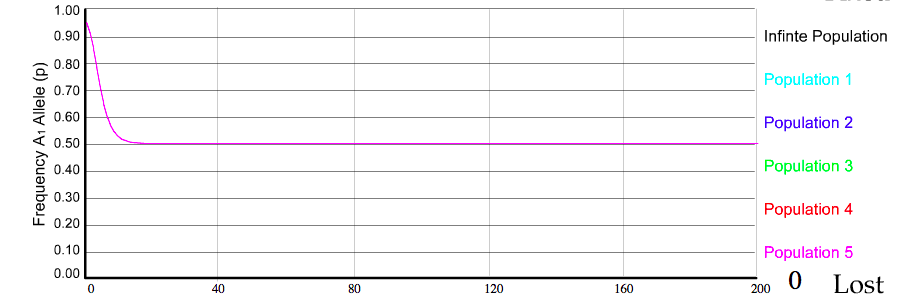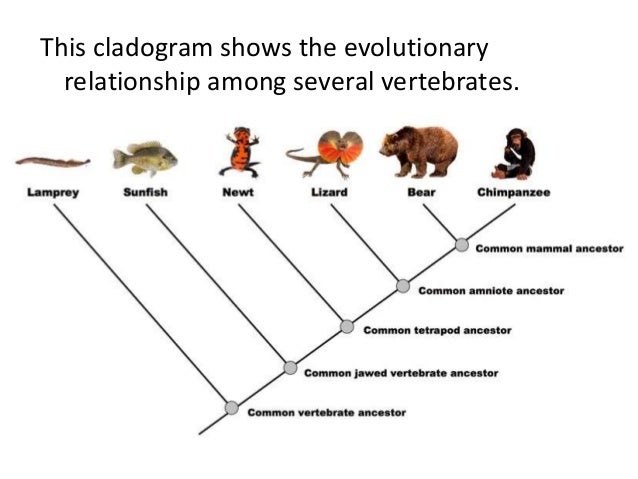This week in AP Biology, we focused primarily on the basics of Molecular Biology so we have a level to learn more complicated things from. We started off the week with a video from the weird world series to dismiss a few of the Monday blues. On Tuesday, we covered a few labs and video worksheets in which we answered the basics of biochemistry. On Thursday, the hardest day in my opinion, we did a lab where we matched molecular structures to their groups and names.
On Tuesday, we discussed the 4 different types of major macromolecules.
- Lipids include fats and waxes – they consist of one monomer and they store energy.
- Nucleic Acids (ex. DNA, RNA) nucleotide monomers, made of adenine, thymine, guanine, cytosine, and uracil.
- Proteins (ex. collagen, hemoglobin) amino acid monomers
- Carbohydrates (ex. glucose, sucrose) supply energy, sugars

The types of molecules can be more broadly categorized into:
- Monomer: Molecules that can be bonded to other monomers, “building blocks of life”
- Polymer: A large molecule or macromolecule composed of repeated subunits
On Thursday, we focused on how to take these molecular properties and use them to divide different macromolecules into groups. These could have been subcategories such as nucleotides, ribose and fatty acids. This lab was incredibly hard for me to mentally wrap my head around it, and I’m still working on it as we speak. Carbon, hydrogen and oxygen make up all parts of molecules, but sometimes nitrogen, sulfur and phosphorus are also present. In amino acids, the molecules are focused around a central carbon backbone and has a double bond with oxygen. Steroids, or cholesterol, have multiple rings of carbon atoms and the carbon sits invisibly at every angle in the diagram. For this reason the beehive-shaped m=diagrams were usually distinguished as steroids. Fatty acids are the long chained diagrams and are a type of lipid. They’re made of hydrocarbon chains with a carboxyl group at one end. In carbohydrates there is about a 1:1 ratio of oxygen to hydrogen and these sugars can be divided into monosaccharides, disaccharides, and straight chain sugars. With the nucleic acids we observed simple and complex nitrogenous bases. These molecules can have nitrogen in them.
This week was difficult for me to understand since I didn’t have a very good experience with chemistry class, but I really want to learn and improve my knowledge of it. This topic delves into the science behind big idea 2, and the building blocks behind all living organisms. This is to ensure that we grasp the basics, so we can use the knowledge to understand more complicated topics.
In the future, I would love to understand more about how different structures are formed in polymers and how I can identify one macromolecule and differentiate it to others.
Sources:
Sciencing: 4 Macromolecules of Life
Macromolecules for Identification





